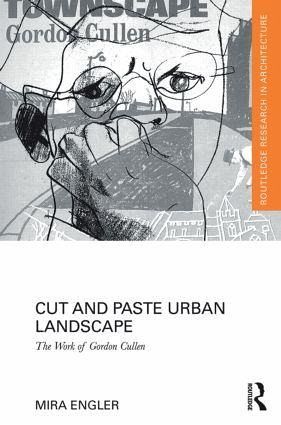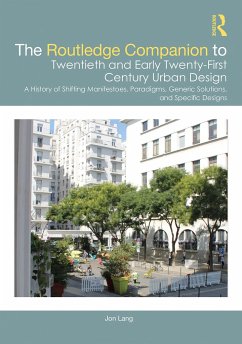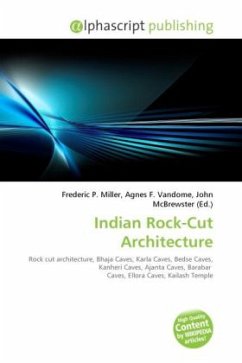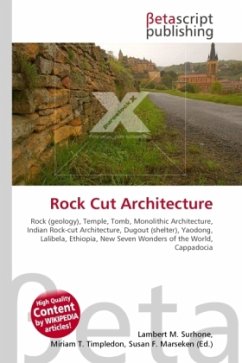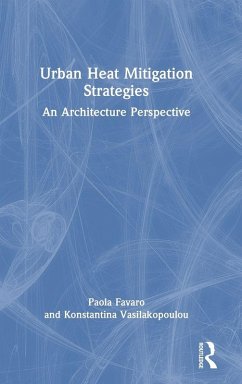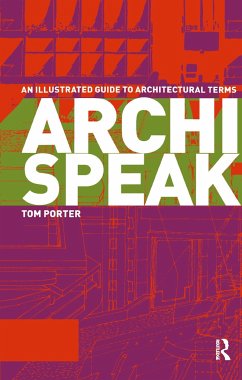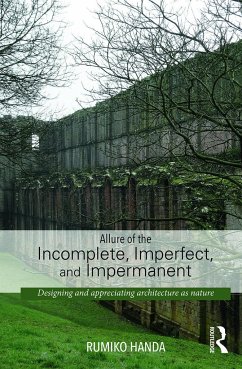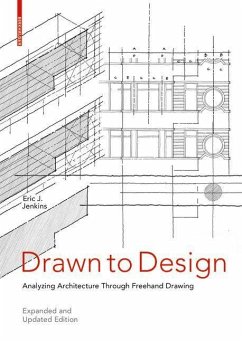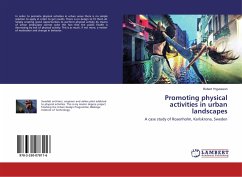Through Mira Engler's perceptive research, Gordon Cullen is revealed as a powerful lens, focussing a broad body of theories and techniques, and projecting them in an accessible, populist - and highly influential - manner. Cullen's work reflects the approach of the Architectural Review and its explicit promotion of the ideas of Townscape and Serial Vision, but also embodies legacies of urban and landscape thinking that range from Repton to Le Corbusier. Engler vividly reveals the links to theories and practices of film and mass culture, positioning Cullen within a milieu shaped by Eisenstein, Debord and Benjamin, as much as the technicalities of reproduction and graphic design. Not only does Engler give Cullen his place in the
history of urban design and planning, she also makes compelling connections to contemporary practices such as website design and blogging, and offers food for thought for current debates, including the critical relationship between modes of representation and the landscapes they create.
Dr Jacqueline Bowring, Professor of Landscape Architecture, Lincoln University, New Zealand The once essential distinction between town and country has long since collapsed into an endless stream of images that not only mediates our perception but materially transforms the environment into a virtually continuous system that admits no distinctions or limits. Gordon Cullen played an essential role in this reconfiguration of our postmodern worldspace by developing a graphic vocabulary elements of which are now so ubiquitous as to go unnoticed in our saturated visual field. Engler's important study reveals that by redrawing the obvious, the author of
Townscape had an impact far greater than the limits of any town or country.
Sylvia Lavin, Professor, Department of Architecture and Urban Design, University of California, Los Angeles, USA. Engler (landscape architecture, Iowa State Univ.) provides illuminating insight into the Townscape movement, a post-WW II response, forwarded by architect Gordon Cullen, to dogmatic and Utopian modernist urban principles. Engler describes the development of the Townscape vision as outlined by contributors to the London-based magazine Architectural Review and illustrated by Cullen, then the magazine's art editor. Engler contends that the Townscape idea was more clearly articulated by Cullen's alluring cartoonish collages than by the articles. After leaving Architectural Review in 1959, Cullen published a book, Townscape (1961), that drew largely from ideas and illustrations published in the magazine. Townscape was reissued in various forms and in many languages. It primarily comprised images that could be read in various ways. Cut and Paste Urban Landscape describes the extensive, lasting influence of Cullen's Townscape. The author holds that the non-hierarchical order of Cullen's book helps explain its long-standing popularity and that the characteristic features of the illustrations provide an open-ended definition of the Townscape idea. Thoroughly annotated and adequately illustrated, Engler's book is revealing, convincing, and a welcome addition to scholarship on 20th-century urbanism.
D. Sachs, Kansas State University, CHOICE"Cullen's concerns with visual literacy have been well defined in this book with its extensive bibliographies and relevant illustrations. Not only does Engler provide a valuable insight into 'Mr Townscape' and his place in the history of urban design and planning, she also shows his continuing influence on imagining planned landscapes."
The William Shipley Gorup for RSA History, Bulletin 51, December 2016